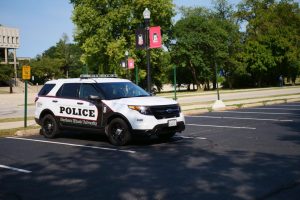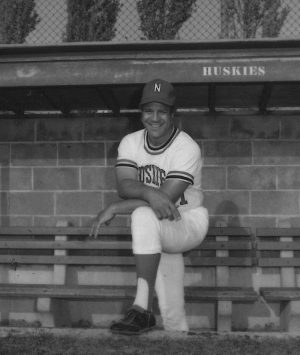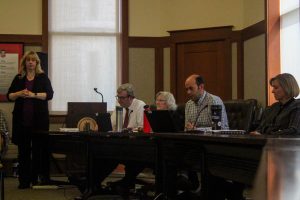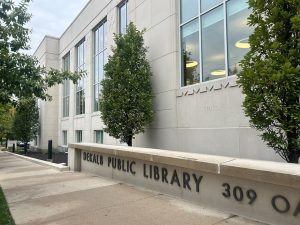Even high school kids have free press rights
January 19, 1988
It’s been four years since I walked the hallowed high school hallways in Chicago. As one might expect, some memories are so impressive, they never leave.
The actions of five U.S. Supreme Court justices last Wednesday brought back some unpleasant memories and also engendered a lot of distaste for the way in which high school students are sometimes treated. Thanks to this decision, these justices have given high school administrators the extra power to censor student publications.
The case began when the principal at Hazelwood East High School near St. Louis determined that stories about student experiences with pregnancy and the impact of divorce on students should not appear in the Hazelwood East Spectrum, the school’s student newspaper. The principal contended that the anonymity of the students speaking on pregnancy was not adequately protected, while the divorce stories had no response from the parents involved.
The principal’s argument certainly is a valid concern because journalists need to be sure about what they write. But what I would like to know is why a principal—even if it is at a high school—should be able to censor a publication that is constitutionally protected.
When I was in high school, the newspaper adviser was not a journalist, but neither was the principal. Nevertheless, it was an understood rule that nothing unpleasant should appear in the paper unless the principal supported it. In this federal case, the Spectrum was put out by a journalism class, taught by someone who more than likely knew how to deal with sensitive issues.
The First Amendment grants freedom of speech and freedom of the press, so the students, with guidance from their teacher or adviser, should have been the ones to decide on whether the stories would run. No one makes sound judgments 100 percent of the time, but if student journalists are not allowed to make these decisions now and face the consequences, how will they be prepared in the future? One reason students are expected to attend school so long is to develop new ideas and learn how to express them. By the time one graduates from college, one should be able, hopefully, to make tough decisions with confidence and be able to survive in the so-called “real world.”
What Hazelwood East Principal Robert Reynolds was allowed to do here, and what countless other administrators will try, is stymie student expression. Granted, irresponsible reporting is not acceptable, but it is that particular publication which should be the judge, not an outside administrator who simply might want to eliminate what he considers negative material.
The Northern Star fought a year-long battle to keep itself editorially free, and it doubtless will face future challenges. Fortunately, this newspaper is almost entirely self-financed and is not part of an academic class. But some other school media, particularly on the high school level, are not as fortunate.
An added danger exists when one considers that the Spectrum is the student paper at a public school, where the First Amendment generally at least has a chance. At private schools, like the high school I attended, that amendment is often sneezed at.
The Supreme Court essentially said in its decision that the material in those stories might have been too sensitive for its readers. I find that logic hard to stomach. Let’s face it—divorce and pregnancy often can be found in a student’s personal life even before high school. While those two topics might not be normal conversation in the cafeteria line, they are a definite reality for many teenagers. A newspaper which deals with these issues performs one of its most important services: informing its readers. It is better to deal with these problems now than wait an eternity.
Like other decisions and amendments, this decision needs to be reversed.






